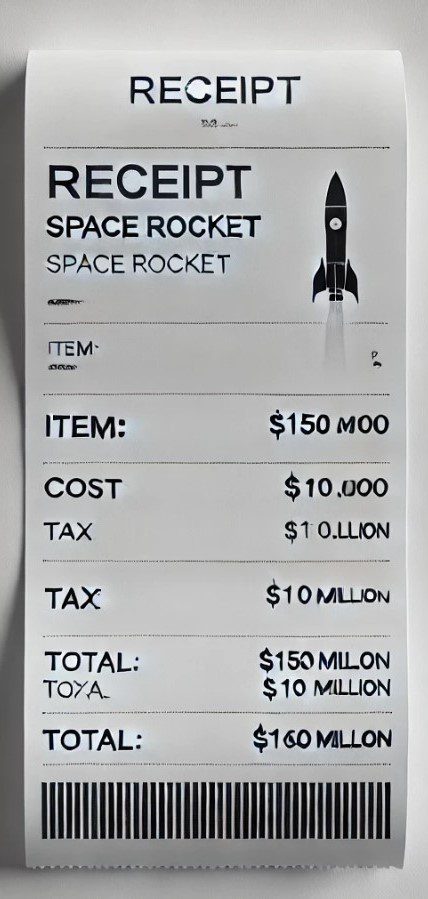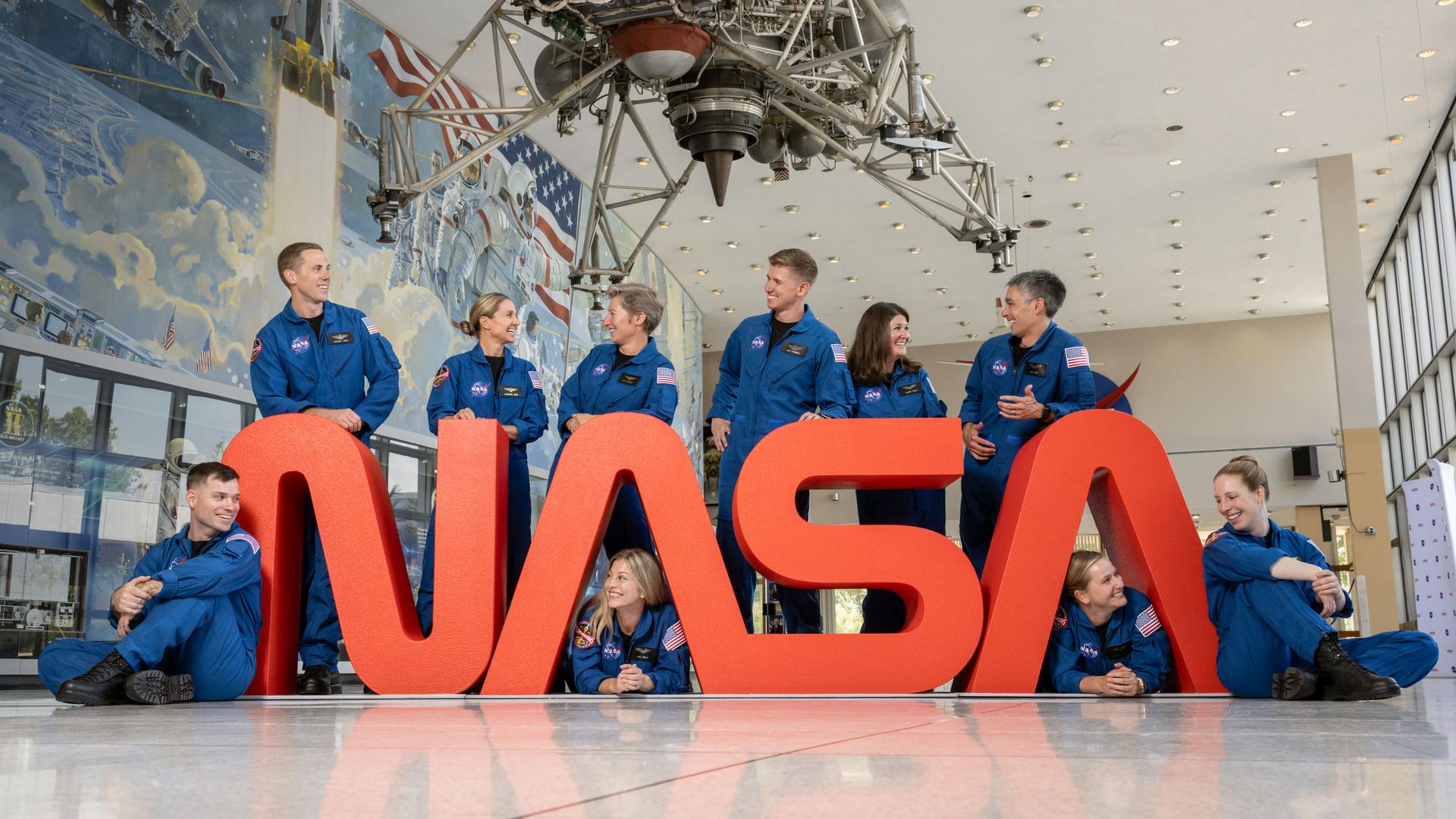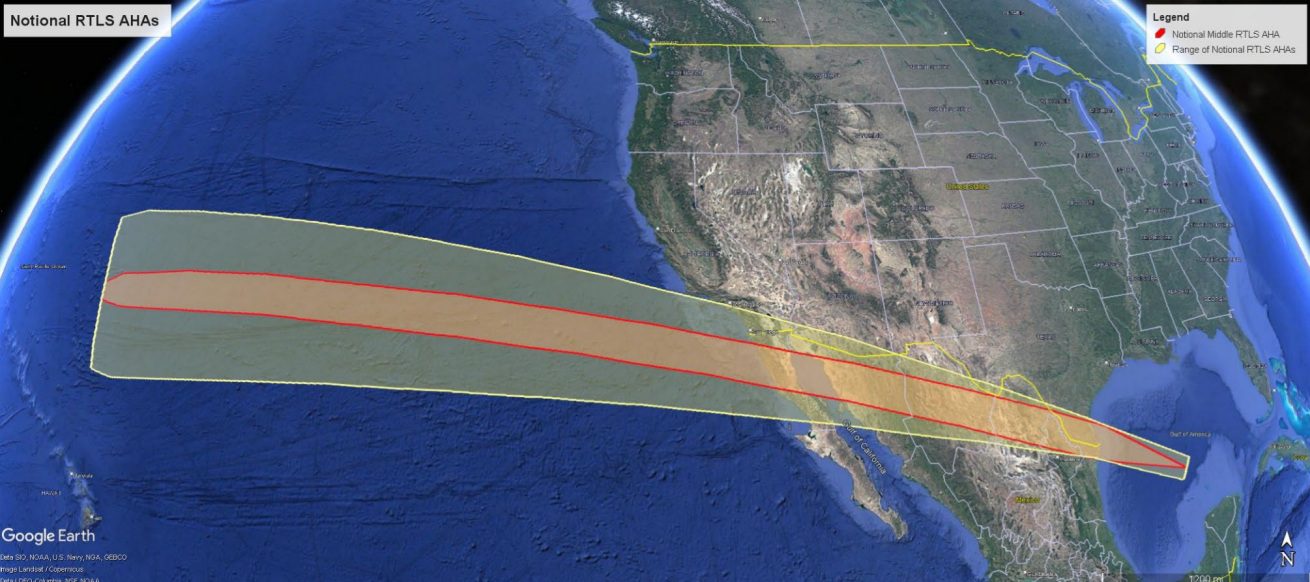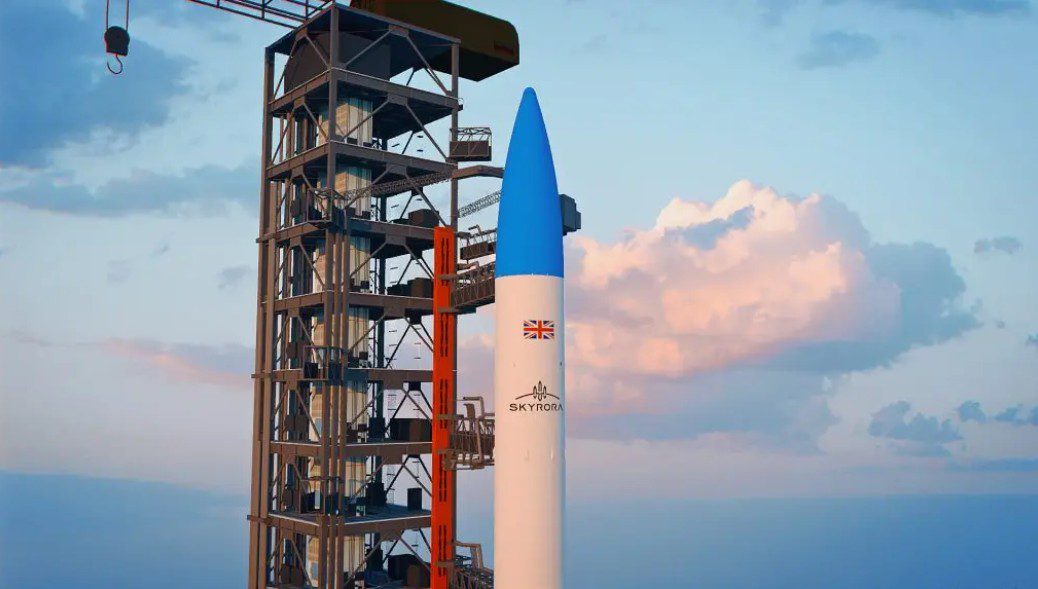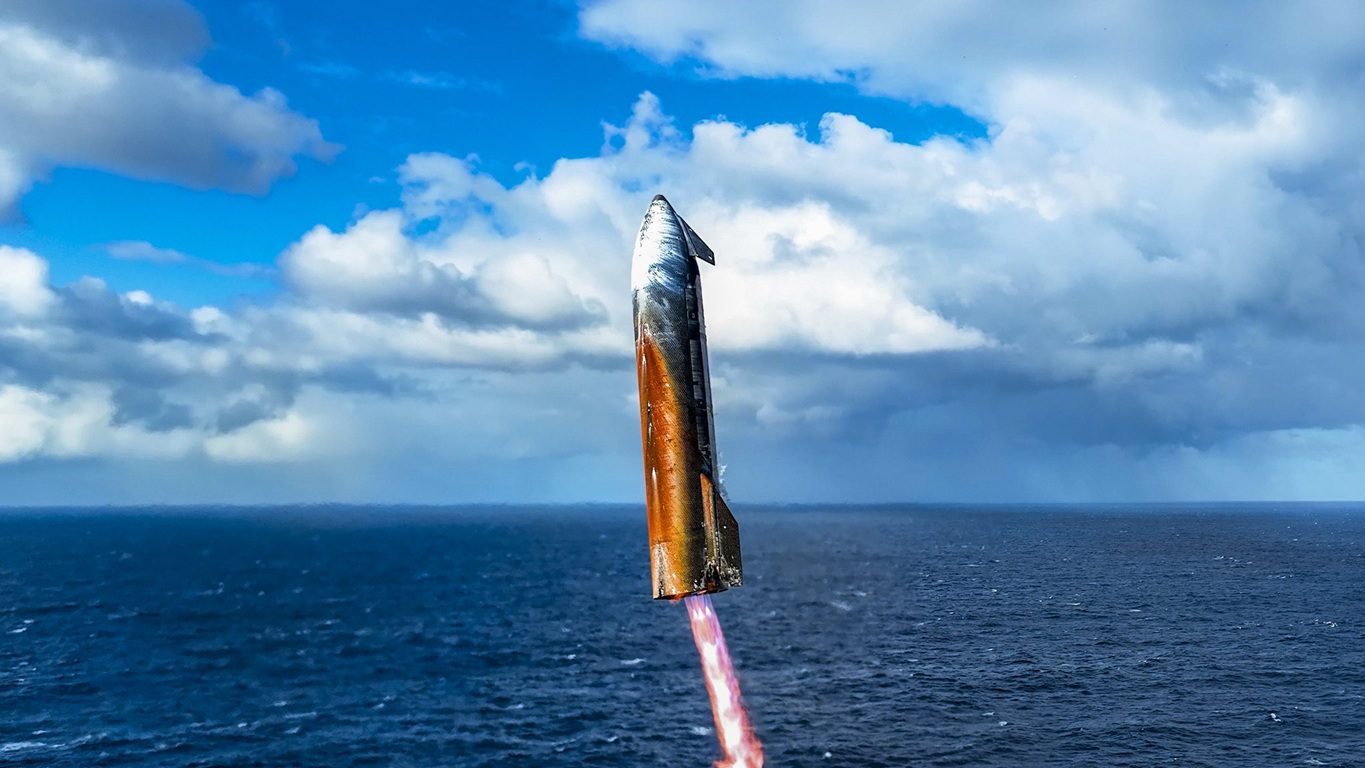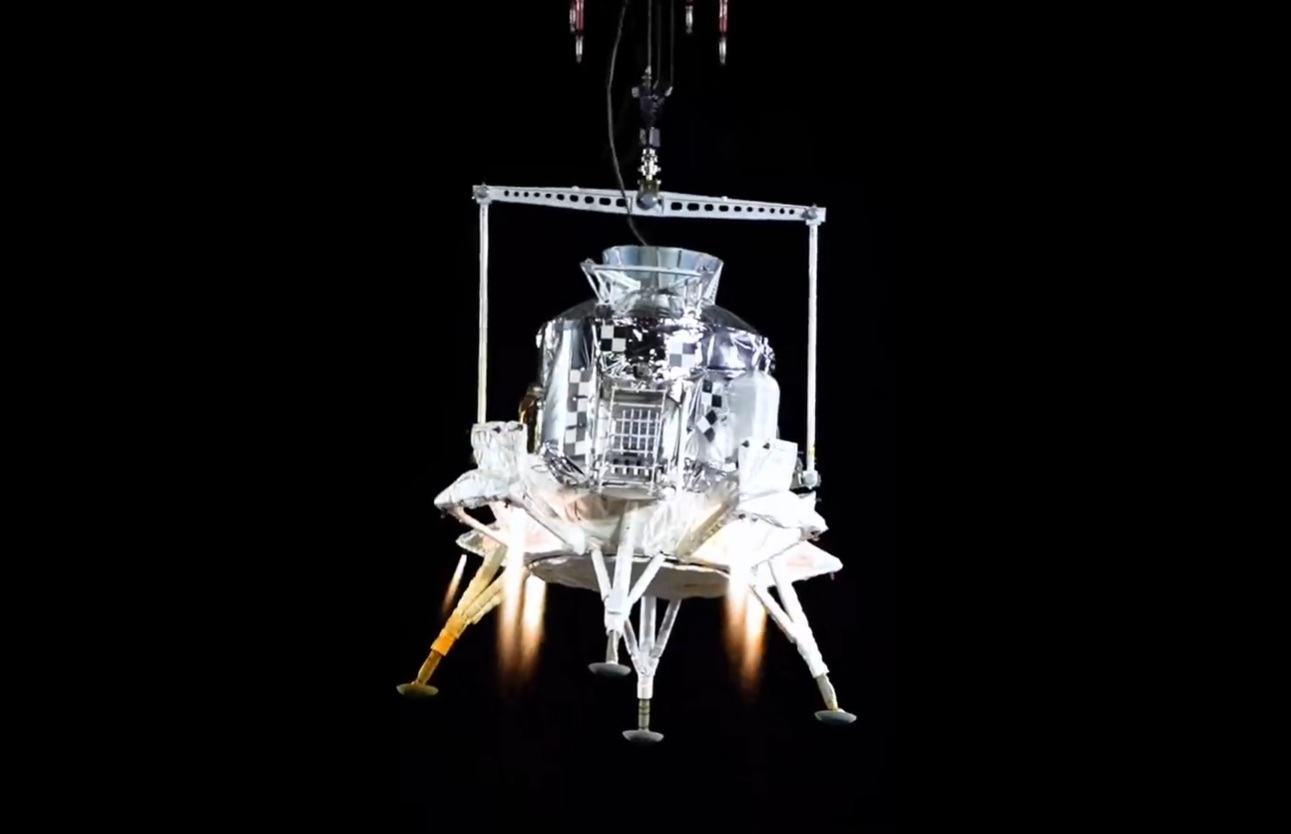The Space Launch System (SLS) rocket that NASA hopes to send its astronauts to the Moon, asteroids and even Mars with, could soon be getting a new high thrust engine as part of its booster configuration. In fact, the engine may not be new at all. This was after Dynetics and Pratt & Whitney Rocketdyne (PWR) announced its partnership to off the Apollo-era Saturn V F-1 rocket engine for the competition which initially involves bidding for a NASA risk reduction analysis contract.
In a press release statement accompanying the announcement, Ron Ramos, Pratt & Whitney’s vice president for Exploration and Missile Defense, noted the F-1 engines high thrust-to-weight ratio and good reliability as he said: “We offer a domestic booster design that takes advantage of the – more – flight-proven Apollo-Saturn F-1, still the most powerful U.S. liquid rocket engine ever flown,”
Flightglobal/Ascend previously noted that manned moon exploration rockets needed bigger rocket engines – mentioning that there was a dearth of US rocket engines in the correct size.
With the LOx/kerosene burning F-1 back in the game things now look very different. The Dynetics/PWR team proposes mounting two of the proposed 1.8million lb (8,000kN) thrust F-1 derived engines on each of these boosters as an alternative to an advanced solid rocket booster proposed by ATK. The team hopes to win some of the $200 million of NASA funding in a 30 month project to research the viability and risk of producing a liquid fuelled booster.
The selling points of those proposing liquid fuel boosters is that they are throttleable and would provide much more lifting power than a solid rocket booster, increasing payload of the most powerful version of the SLS (to carry a payload at least 130 tonnes to LEO). According to the Dynetics/PWR team, using F-1 powered boosters would boost the peak SLS payload by a projected 20 tonnes compared to using solid rocket boosters.
While going back to 45 year old technology concerns some, the F-1 engine does have a precedent. PWR points out that later versions of NASA’s SLS rocket, will be using the J-2X Lox/Hydrogen burning engine for its upper stage which is a derivative of Saturn V J-2 upper stage engine.
If the Dynetics/PWR team does decide to produce the F-1 or its more powerful F-1A derivative, it faces an uphill task. While most of the F-1 blueprints and some even actual engine examples survive, most of the original F-1 tooling has been destroyed.
Nevertheless, the news of a potential return of the F-1 (or its F-1A upgraded version) has been welcomed in the US space community, and not just because of an emotional and nostalgic response. There was concern that the only LOX/Kerosene burning rocket engines in the needed thrust range were either derivatives of the Russian-sourced RD-170 which uses a highly effcient staged combustion cycle, or the unknown quantity of the yet-to-be-built SpaceX Merlin 2 which, like the F-1, uses a simple, if slightly less efficient, gas generator rocket cycle.
Apart from the Dynetics/PWR team and probably SpaceX, other firms likely put their hat in the ring to bid for funding include Aerojet with its its enlarged -1000 version of its AJ-26 engine and ATK with its Advanced Solid Rocket Booster offering. It has also been mooted that Northrop Grumman my also pitch in with their past TR-107 design. Both the AJ-1000 and TR-107 engines are thought to offer about one third less thrust than the F-1.
Should the core engines be changed next?
If large LOx/kerosene engines like the F-1 are chosen to be used on the SLS boosters then this has implications for the final design of SLS as they might be chosen for the core as well It was known that before the SLS design selection was finally made (under US Senate pressure to use Space Shuttle hardware), the propellant choice for the core stage was finely balanced between using LOx/kerosene and LOx/Liquid hydrogen. In the end the latter was chosen though there were some regrets. Using LOx/kerosene as common propellants for both the core stage and boosters would give SLS the benefit of having cross feeding of propellants, allow for a shorter rocket, and have propellant ground handling advantages.
Having said that, a LOx/Liguid hydrogen RS-25D/E engine core does offer a higher Isp (specfic impulse) than the LOx/kerosene alternative, if less initial thrust. The advantage of this efficient propellant combination really comes into play later, once the “brute force” lift off and initial acceleration of the fully loaded rocket is achieved. In other words, in a similar vein to the Russian Energia concept, a “medium thrust” highly efficient LOx/liquid hydrogen engine core using high thrust medium effciency LOx/kerosene engine boosters could prove to be the best combination for SLS.
Nevertheless, if a change to a LOX/kerosene engine core ever happens for the advantages listed above, then there may be no further need for an expendable version of the Space Shuttle Main Engine (SSME). This RS-25E version was to have replaced the 512,000lb (2,279KN) thrust ex-Space Shuttle RS-25D engines when they had run out. However, given that SLS flight rate is planned to be very low in its early years the first two flights are in 2017 and 2021 respectively NASA might have enough ex-Space Shuttle RS-25D engines in stock to make do until a new rocket is ready.
Sidemount might still have been a faster, cheaper choice for an interim HLV
NASA might have been wiser to have chosen the three RS-25D engine Sidemount design as an interim Heavy-lift Launch Vehicle (HLV) instead of the initial Block 1 version in-line SLS now (now confirmed as having four RS-25D engines), especially if the expendable RS-25E engine version never comes to fuition.
The Sidemount design, was, in effect, a wingless expendable space shuttle with which had much the same 70 tonne LEO performance as the initial Block 1 SLS but would have been much much faster and cheaper to produce – and importantly only used three RS-25D engines at a time. In the end, the Sidemount concept was rejected in favour of the much more expensive SLS inline design over Sidemount’s obvious lack of evolvability and, less convincingly, due to crew escape concerns (though Sidemount mightly only have been used as an unmanned heavy lift launch vehicle with any exploration crew launched separately to orbit via a commercial crew launch system).
Conclusion (Updated):
The reliability and high-thrust-to-weight qualities of the venerable F-1 engine, or rather its F-1A derivative, make it like a good choice for an SLS booster engine, especially as it should require little development compared to other engines. That said, it would need some extensive work on its production facilities if it is ever to be used.
According to rocket analyst Ed Kyle, a four RS-25E core SLS launch vehicle with two boosters carrying four F-1A engines should be capable of carrying 140 tonnes into orbit – and that is without an upper stage. From that, we can deduce that with a J-2X upper stage and four twin F-1A boosters (if the core structure can be modified to take them), a 200 tonne-plus payload could be carried to LEO. Past long-range manned exploration studies have long favoured such a hugely powerful launch vehicle of this payload class.
Design concept for heavy lift launch vehice using four twin F-1A boosters as considered in NASA Mars Reference Mission 1997. While it would need its payload accomndation shortened by 40 feet to fit in the Vehicle Assembly Building it should have impressive lifting power. A similar booster configuraton attached to a four SSME (RS-25D) engine core and using a single SSME (RS-25D) upper stage had a projected LEO payload of 226 tonnes. Courtesy: NASA
Other configuations are possible of course. For aerodynamic, flexibility and balance reasons, it might be better to go for a “Delta II style” cluster of narrower single F-1A engine boosters rather than two large two-engined boosters. Such a configuration was briefly considered in the summary of the AIAA technical paper “The Saturn V F-1 Engine Revisited” written by Shelton and Murphy in 1992.
All this assumes that upgraded ATK solid rocket boosters using better propellants (HTPB instead of PBAN) and lighter casings (wound composite instead of the heavy steel casings) do not remain the preferred choice for SLS. While less efficient and less flexible than liquid fuel rocket boosters, solid rocket boosters’ cost/effectiveness may let them win any SLS booster competition, even if this means a smaller payload has to be carried.

